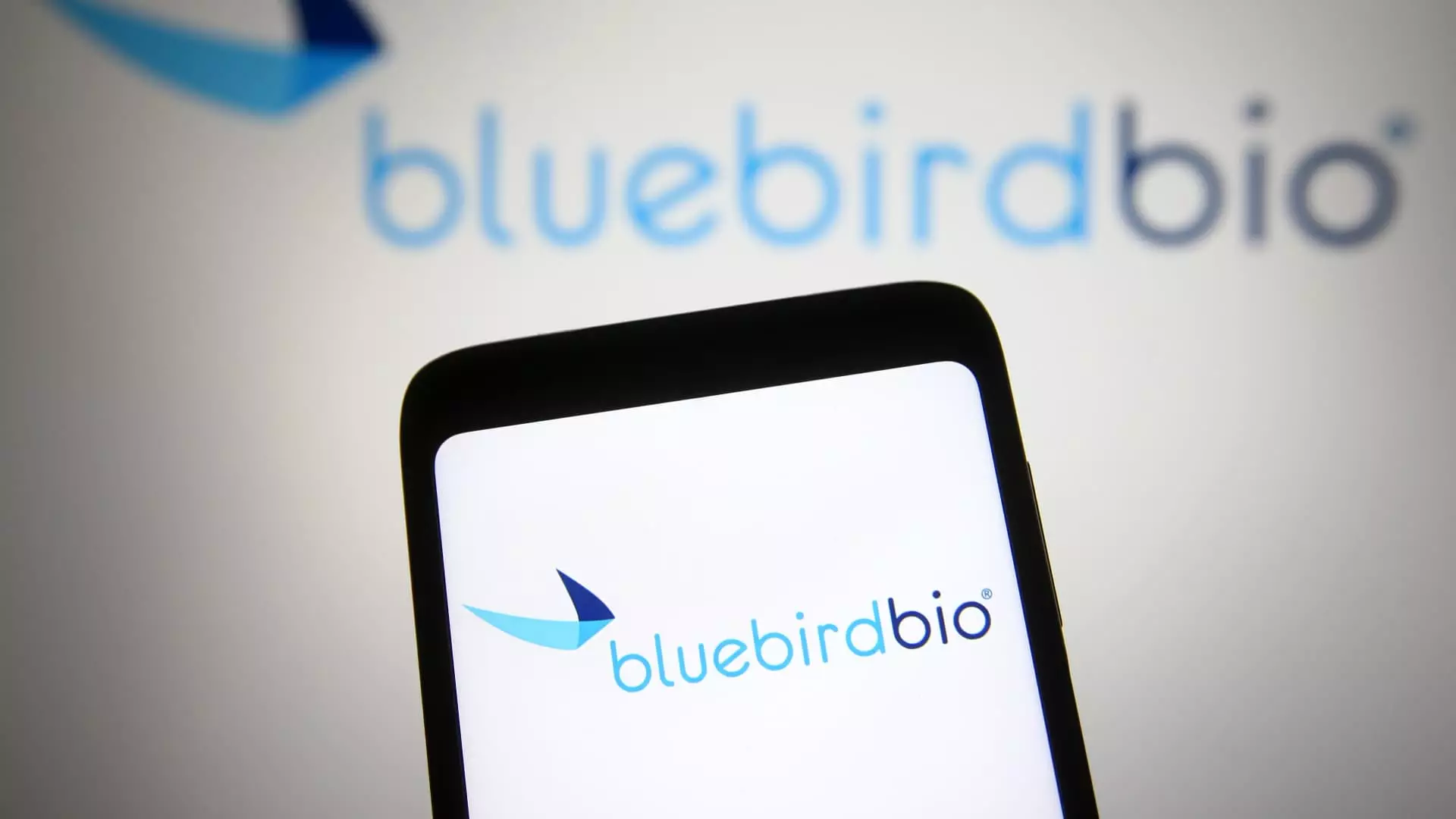In a shocking turn of events, Bluebird Bio has announced its sale to private equity firms Carlyle and SK Capital for approximately $30 million. This acquisition signifies a dramatic decline for a company that once flourished as a pioneer in the biotech sector. Once considered a gem in the field of gene therapies, Bluebird’s trajectory has transformed from high hopes and significant market capitalization to a grim financial reality.
The Promising Beginnings of Bluebird Bio
Founded over three decades ago, Bluebird Bio emerged as a beacon of hope in the biotechnology landscape, championing innovative treatments designed to combat genetic diseases. With a peak market capitalization nearing $9 billion, investors actively endorsed the vision and potential of the company’s one-time gene therapies. These treatments held the promise of radical cures for debilitating conditions, capturing the imaginations of both investors and patients alike.
Nevertheless, the journey was not devoid of challenges. Bluebird endeavored to pioneer solutions for severe conditions, but a series of scientific setbacks began to undermine investor confidence. In 2018, the turning point arrived when a patient undergoing treatment for sickle cell disease developed cancer, sparking fears about the safety of Bluebird’s innovative therapies. Despite assurances that its treatment did not cause the malignancy, the incident highlighted the inherent risks associated with gene therapies and raised pressing questions about their viability.
As the market evolved, Bluebird’s ambitions collided with the harsh realities of biotech economics. The company initiated a problematic separation of its cancer treatments into a new entity, 2Seventy Bio, which significantly diminished its revenue base. The high price point for its beta thalassemia treatment Zynteglo—valued at an astonishing $1.8 million per patient—prompted backlash from European payers, ultimately leading to its withdrawal from that market.
In spite of FDA approvals for multiple gene therapies, including the recently greenlit Zynteglo and Lyfgenia, Bluebird Bio could not alleviate its financial distress. The company found itself in a precarious situation, grappling with operational expenditures that reached into the hundreds of millions while cash reserves dwindled. By late 2022, reports indicated that Bluebird’s financial runway would last until only the first quarter of 2023, underscoring the urgency of its dire circumstances.
The Implications of the Acquisition
The acquisition by Carlyle and SK Capital serves as a stark reminder of the volatile nature of the biotechnology sector. The $30 million sale price is a mere fraction of the wealth generated during earlier, more prosperous times, underscoring the disconnect between initial successes and final outcomes. Bluebird’s former CEO, Nick Leschly, amassed $80 million through stock sales, a fact that highlights the disparity in realization of profits versus potential.
While Bluebird’s treatments remain groundbreaking by many accounts and have transformed the lives of patients, they were ultimately unable to shift the company’s fate. This paradox raises critical questions about the future of gene therapies and whether companies can bridge the gap between innovative treatments and sustainable business models in a market increasingly wary of risk and investment.
Bluebird’s plight is emblematic of broader challenges facing the entire biotechnology industry. The space is currently experiencing a reckoning over the economic feasibility of one-time therapies aimed at rare diseases. Companies like Vertex and Pfizer have encountered similar obstacles, with Vertex’s competing sickle cell therapy, Casgevy, facing sluggish uptake, and Pfizer recently pulling its hemophilia gene therapy from the market due to lackluster demand.
The crucial question persists: can pioneering biotechnology firms maintain viability while delivering radical innovations? As Bluebird Bio bows out of the spotlight, its story serves as both a toast to what could have been and a cautionary tale for the future of biotech investment. The rich promise of gene therapies will continue to inspire hope, yet the real-world implications of their development reveal significant hurdles that must be navigated with care.
Bluebird Bio’s journey, marked by remarkable ambition and subsequent decline, paints a vivid picture of the risks and rewards inherent in the biotechnology entrepreneurial landscape. The significance of clinical breakthroughs must be measured not only by their potential impact on patients but also by their capacity to sustain the business that develops them. The field stands at a crossroads, one that underscores the critical balance between innovation and commercial viability.

